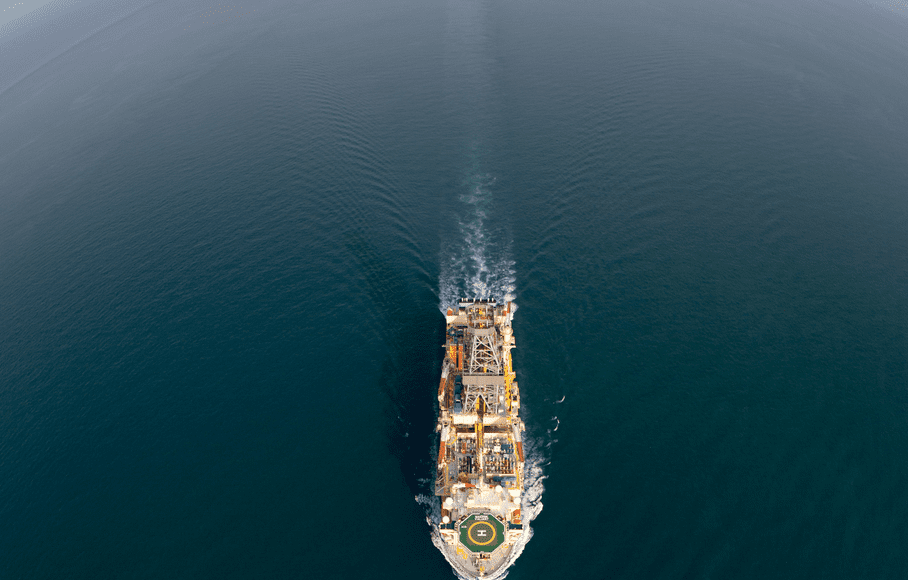Suriname is forging ahead with its offshore oil and gas exploration activities and is targeting 2025 for first oil in a rapid production ramp up similar to its western neighbour Guyana where oil production began just under 5 years from the first major discovery at the Liza field in the prolific Stabroek block.
Incoming head of national oil company Staatsolie, Annand Jagesar, said Suriname will begin producing oil in 2025 from one of the five offshore discoveries made over the past 12 months, Argus said in a recent report.
So far, Apache and Total have made four discoveries at Block 58 while Petronas and ExxonMobil have made 1 at Block 52.
Hess encouraged by Suriname oil strikes, says offshore potential significant
Oil from all five discoveries of “large reservoirs of oil and gas off the coast will be delivered by 2027,” Jagesar, who will replace Rudolf Elias by March as head of the state oil firm, said.
Oil production “will take a while because it is a mega operation to set up business,” he added. “We are very motivated and are doing our best to make it in 2025.”
Elias have also expressed optimism that oil production could be achieved in the shortest time possible, telling de Ware Tijd last year that the chance of Suriname having one or more developments in the next five to seven years is particularly high. “Somewhere between five- and six-years Suriname is also an offshore oil producer. There is no escaping that. Even with prices of thirty US dollars per barrel.”
Eighteen discoveries made by ExxonMobil at the Stabroek Block offshore Guyana have been pegged at about nine billion barrels of recoverable oil equivalent (boe) resources while Morgan Stanley says its modelling of Suriname’s Block 58 shows that it contains a potential 6.5 billion boe.
Suriname’s Maka well can bring US$50M per year in revenue
“We forecast first oil occurs in 2026, with production from each successive phase commencing in one-year increments thereafter,” the bank said in a research paper seen by OilNOW.
“We assume the first phase is a smaller development of 500 MMBoe (450 MMbbls of oil) with floating production storage and offloading (FPSO) unit capacity of 120 Mbbl/d. For each following phase, we assume 1 BBoe (900 MMbbls of oil) of resource with FPSO capacity of 220 Mbbl/d,” Morgan Stanley further stated.



